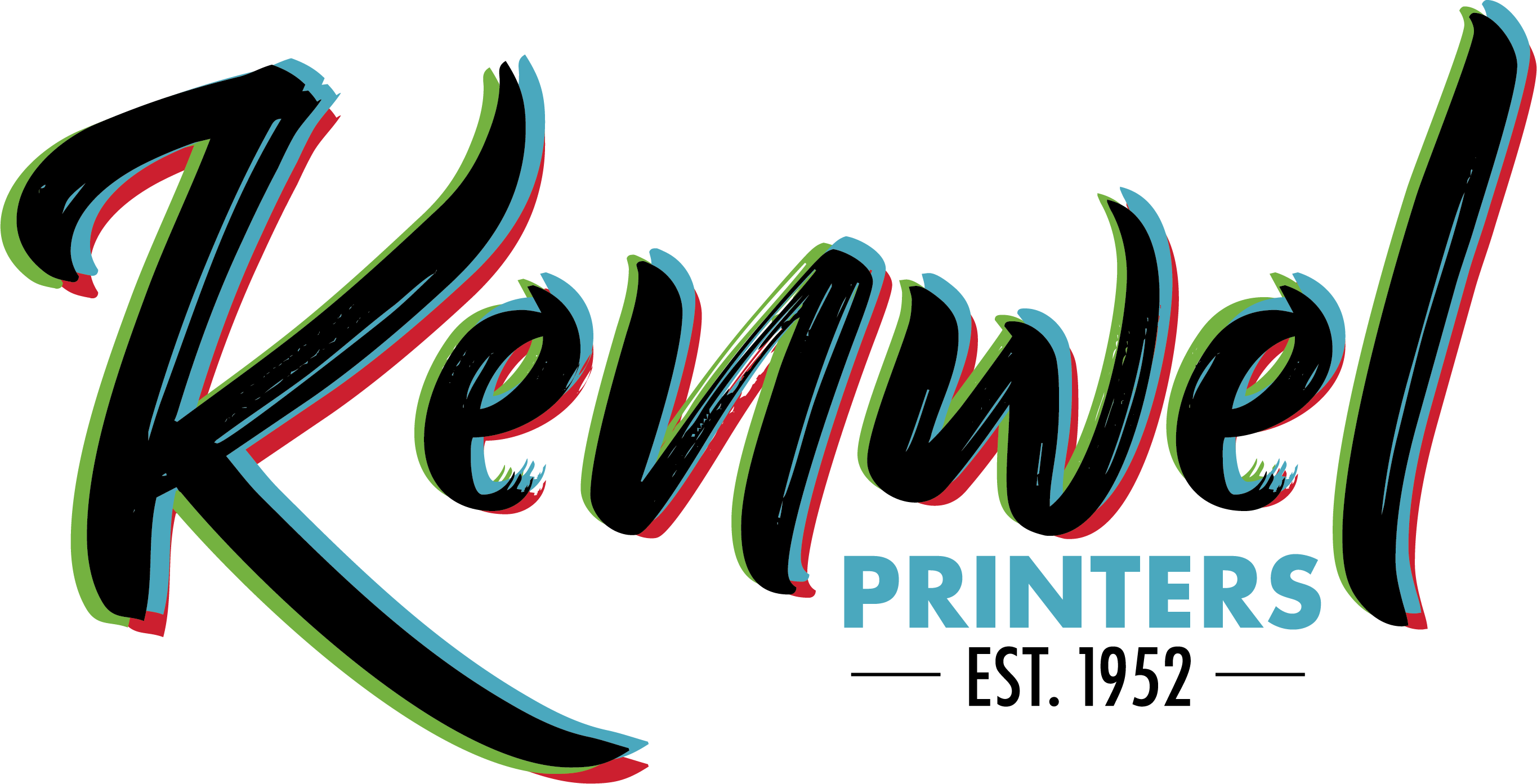Encapsulated PostScript (EPS) files have always been a source of confusion to a lot of artists. This article is intended to help you determine the type of EPS file you are using and to give basic guidelines when it comes to designing a file for print using them.
There are basically two types of EPS files:
- Raster — Raster images can be EPSs. They also include file formats such as bitmap, picts, jpgs, gifs, or TIFFs. Raster images are those created with paint programs such as Adobe Photoshop or when scanning into your computer. These images are created at a specific resolution that will only be accurate at the original image size. Therefore, any scaling, cropping, or rotating should be done before the image is placed into the page layout program. Because raster images are resolution specific, any scaling of such an image in a page layout program can cause a significant degradation in quality. Examples of Raster Degradation: If a 300 dpi image is enlarged to 200%, the resulting image is 150 dpi. To create the larger image with a fixed number of pixels, the pixels are pulled farther apart and this resolution specific image, which once looked perfect at its original size, becomes grainy. • If a raster image is rotated in a page layout program, the software tries to re-map the pixels, most often causing rough edges. • If a raster image is cropped in the page layout program, the file size is larger than necessary and the entire uncropped image will be sent to the imagesetter also increasing output time. To reduce output time and the amount of possible complications, it is best to do any image editing in an application that is meant to do so.
- Vector — Vector Images are those images that are created by illustration programs such as Corel Draw, Adobe Illustrator and Freehand. Vector art is a series of nodes and lines that are object-oriented, meaning that you can click on an object rather than a pixel and make changes to the entire object. Vector images are not resolution specific and can be scaled up or down with no degradation of quality. This is the preferred format of logos that are not printed in four color process (CMYK) because they are crisper and more defined.
Have further questions for Prepress?
Call 614.261.1011 or send us email via our Contact Us form. Check first, design once! Call before you start and you’ll be on the right track to a wonderful product.
